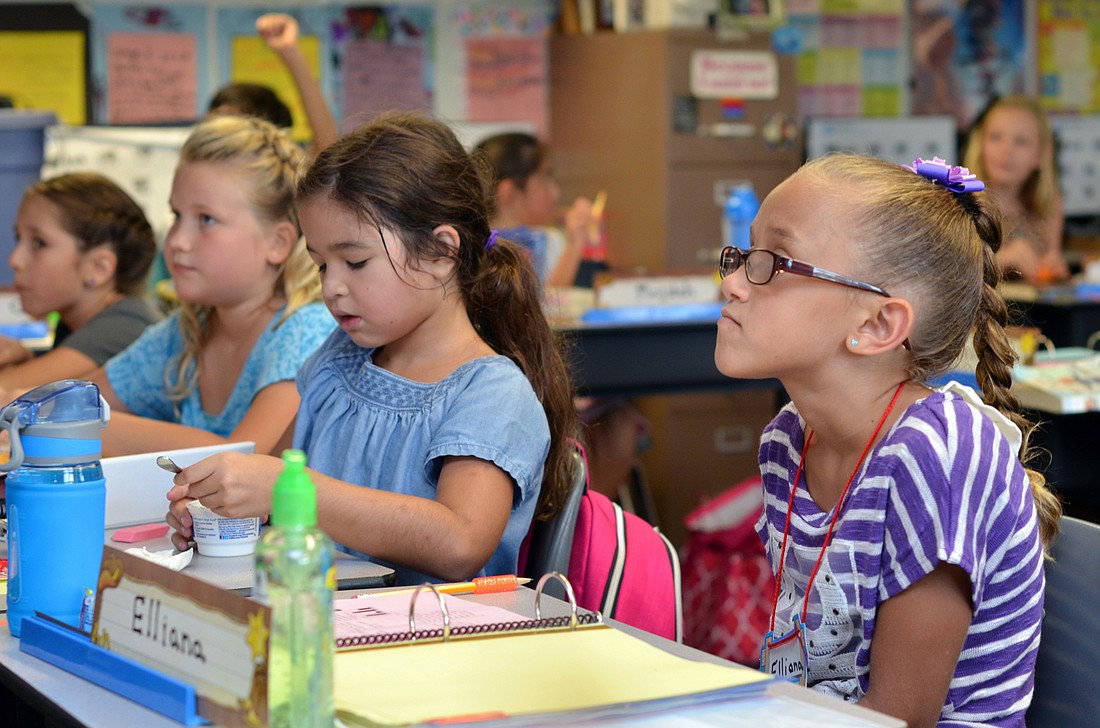- December 26, 2024
-
-
Loading

Loading

Although there was a hint of “COVID-19 slide” in the most recent round of test scores for Sarasota County Schools, the overall view is that students are generally up to expectations.
Test performance was a prime concern among parents and teachers as in-person schooling abruptly ended in March, and this school year launched with a learning model featuring both in-person and remote learning.
At the elementary level, scores for reading have remained consistent over the past three years. Elementary Curriculum Director Kelly Ellington said that ideally, the numbers should go up, but in the current climate, staying at the same level is good.
“This is somewhat good news because we expected more of a drastic and negative effect with COVID-19,” she said. “Still, our curriculum specialists are hard at work aligning resources and providing support to our teachers and school leaders because we know we still have work to do.”
However, numbers for elementary students’ proficiency in math have been trending downward year over year. Sarasota still outperformed the state and national average in math and reading, but Ellington said she would still like to increase the district’s numbers.
“When we compare ourselves to ourselves, we’re not happy with that,” she said.
The same trend was found for middle school students districtwide. Around 25% of on-campus students and 36% of remote learners scored at or above grade level in math.
That means that more than half of students are performing at lower grade levels than they should. Around 11% of on-campus students and 11% of remote learners are performing three or more grade levels below where they should.
High school students use different tests than younger students, who use iReady, to determine benchmarks. High school data is determined for individual subjects using USATestprep.
In most subjects, high school students scored lower on the beginning of the year benchmark than they did in previous years. However, students in all high school grade levels are outperforming what their expected growth is from grade to grade.
“This is somewhat surprising to us given the COVID-19 situation, but it also is speaking to the hard work of our teachers in our schools,” said Catherine Cocozza, high school curriculum director.
Additionally, staff found that students who are learning remotely are not struggling despite fears that they would not engage with online learning. In many subjects, at-home learners outperformed on-campus learners.
However, Steve Cantees, the secondary schools executive director, said the district worked hard at the beginning of the year to identify at-risk remote students and bring them to campus.
“One thing we figured out is that when students aren’t with us, they’re not in as good a place as if they are with us,” Cantees said. “So we continue to work hard at identifying those students.”
Curriculum specialists are now meeting with teachers to talk about the data and what the implications could mean for students. They will work with teachers and administrators to determine individualized support plans.